Archives
- 2025-12
- 2025-11
- 2025-10
- 2023-07
- 2023-06
- 2023-05
- 2023-04
- 2023-03
- 2023-02
- 2023-01
- 2022-12
- 2022-11
- 2022-10
- 2022-09
- 2022-08
- 2022-07
- 2022-06
- 2022-05
- 2022-04
- 2022-03
- 2022-02
- 2022-01
- 2021-12
- 2021-11
- 2021-10
- 2021-09
- 2021-08
- 2021-07
- 2021-06
- 2021-05
- 2021-04
- 2021-03
- 2021-02
- 2021-01
- 2020-12
- 2020-11
- 2020-10
- 2020-09
- 2020-08
- 2020-07
- 2020-06
- 2020-05
- 2020-04
- 2020-03
- 2020-02
- 2020-01
- 2019-12
- 2019-11
- 2019-10
- 2019-09
- 2019-08
- 2019-07
- 2019-06
- 2019-05
- 2019-04
- 2018-07
-
Compound was docked into the active site of Aurora B
2023-01-28
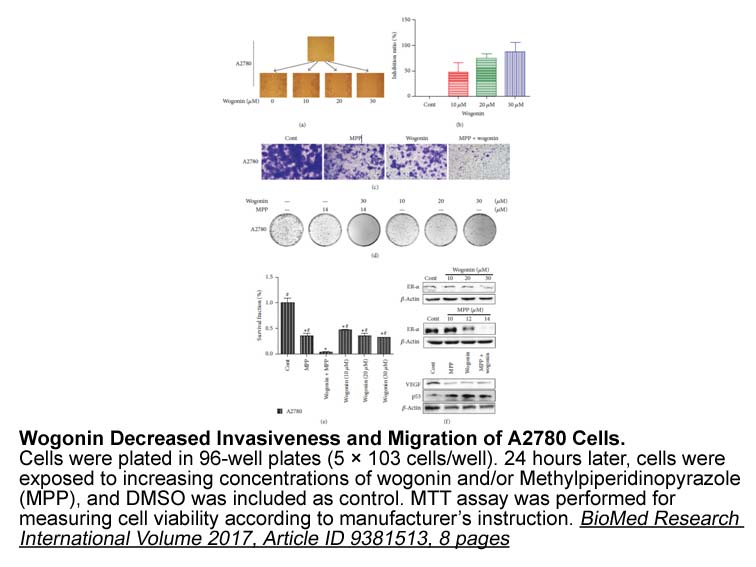
Compound was docked into the active site of Aurora B kinase using Tripos sybyl-X ver. 2.1.1. The crystal structure of human Aurora B kinase cocrystallized with its potent inhibitor VX-680 was used for the docking analysis (PDB ID: ). The most likely binding conformations were selected based on the
-
br Results br Discussion Context specific and
2023-01-28

Results Discussion Context-specific and dynamic post-translational protein modifications are well-established regulators of the signaling pathways that protect eukaryotic DNA integrity during the tremendous task of replication. Advancements in speed, resolution, and sensitivity of MS-based tec
-
Thus phosphorylation of p was used
2023-01-28
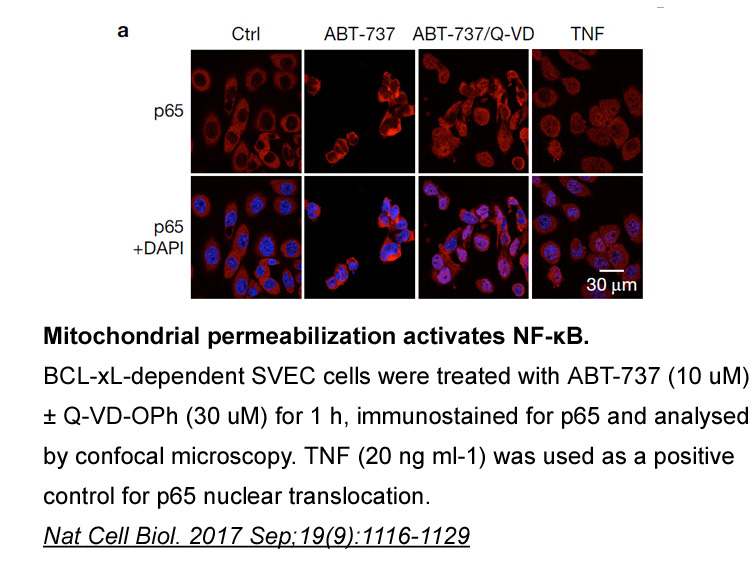
Thus, phosphorylation of p38 was used to measure the intracellular potency of ASK1 inhibitors. In this assay, HEK293/AP-1luc calpain inhibitor expressing human full-length ASK1 were incubated with compound for 18 h and then lysed and the level of phospho-p38 was quantified using the HTRF assay [33]
-
Apoptosis a major process of programmed cell death and
2023-01-28

Apoptosis, a major process of programmed cell death, and in response to many chemopreventive agents (Jeyamohan et al., 2016). In general, two major signaling pathways control apoptosis, namely, a pathway mediated by cell death receptor and a pathway mediated by mitochondrion, and possible drug targe
-
APETx2 sale The mitochondrial protein AIF was the first casp
2023-01-28

The mitochondrial protein AIF was the first caspase-independent death effector. AIF can induce caspase-independent chromatin condensation and large-scale DNA fragmentation to approximately 50 KB. AIF that is released to cytoplasm can mediate apoptosis when special extracellular signals trigger the o
-
As a neuropeptide Apelin also has
2023-01-28
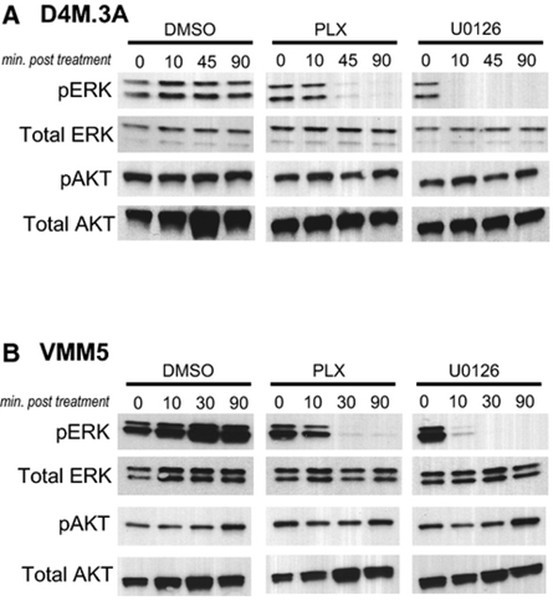
As a neuropeptide, Apelin also has a critical role in cardiovascular diseases. Systemic administration of Apelin exert vasodilatory and antihypertensive effects [33]. Meanwhile, the apelin-APJ signal transduction pathway is related to age-associated cardiovascular diseases [34]. It has been known th
-
br Conclusion We present here the first comprehensive analys
2023-01-28
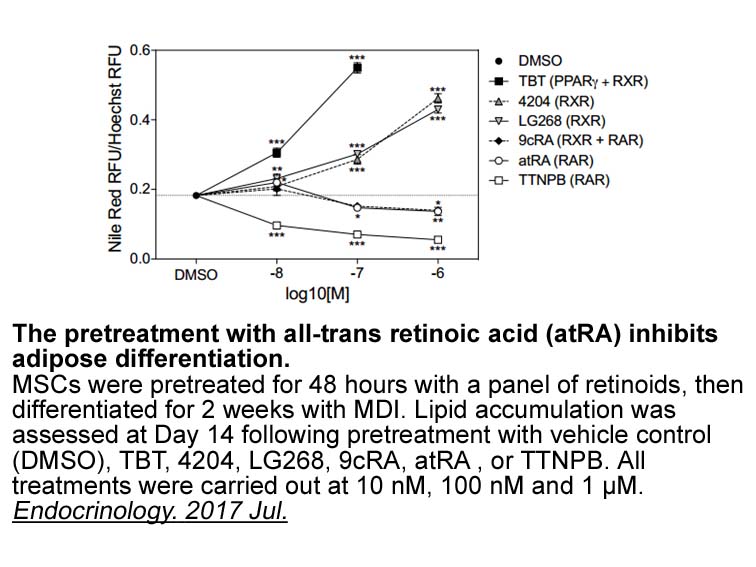
Conclusion We present here the first comprehensive analysis of B-Raf-induced transcriptional activation in insulinoma cells. The B-Raf-induced signaling cascade targets the c-Fos and the c-Jun genes. Both gene products are constituents of the AP-1 transcription factor. The phosphatases MKP-1 and
-
Protein microarrays represent just one of
2023-01-28
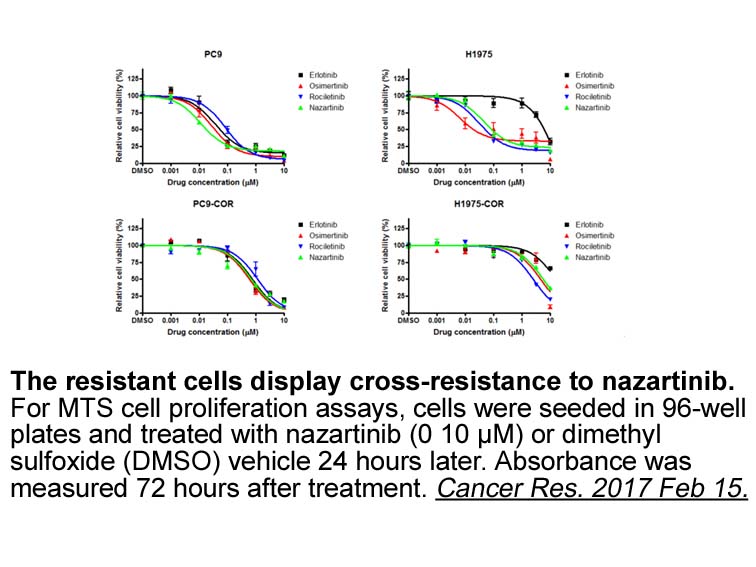
Protein microarrays represent just one of a variety of experimental approaches that can be used to generate datasets of relevance to pathway mapping. Other approaches include protein SKL2001 sale profiling techniques, such as antibody arrays [29], tissue arrays [30] and 2-dimensional gel electropho
-
Our present result that week
2023-01-28
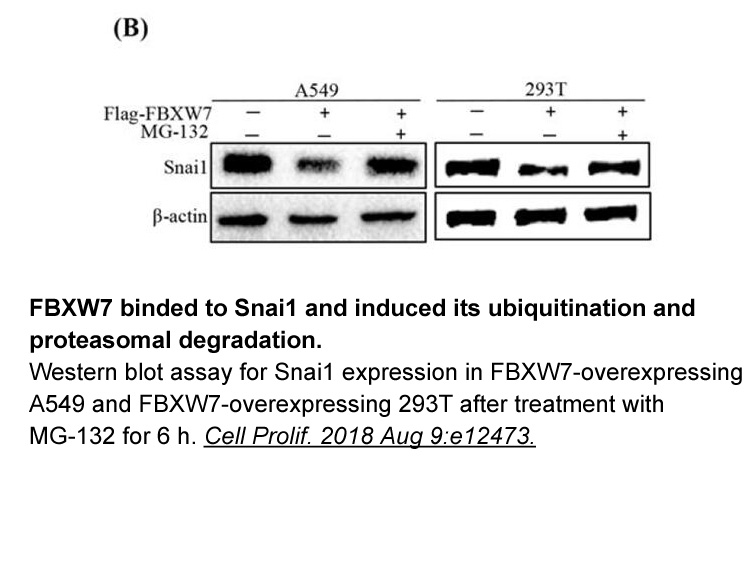
Our present result that ≤2-week-old 150ΔPKA mice express normal LTP that does not depend on CP-AMPARs also supports the collective findings of previous work showing that LTP mechanisms are remarkably adaptable in juvenile animals compared with adults. In particular, GluA1 knockout, S845A/S831A, and
-
To determine the post translation
2023-01-27
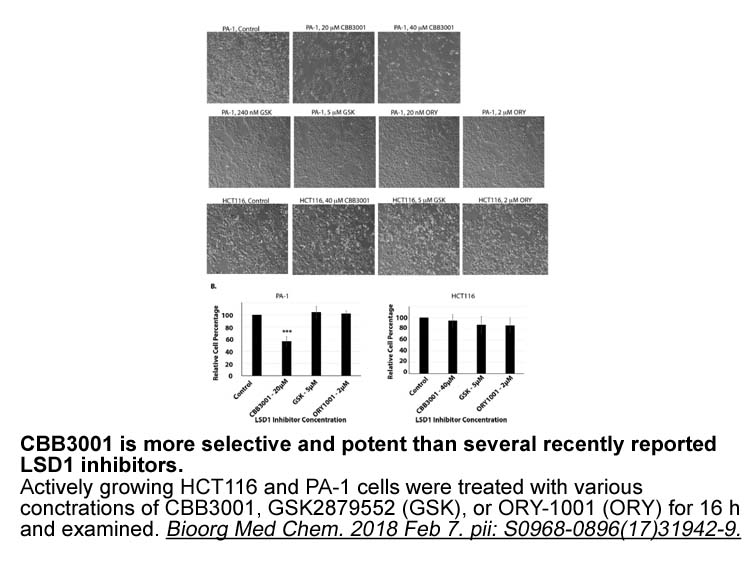
To determine the post-translation modifications in chicken adiponectin, we isolated adiponectin from chicken adipose tissue by immunoprecipitation. Chicken adiponectin was then subjected to tryptic digestion and UPLC/MS/MS. The collagenous domain of chicken adiponectin was found to possess certain D
-
1 78 mg A combination of factors might however account for t
2023-01-26
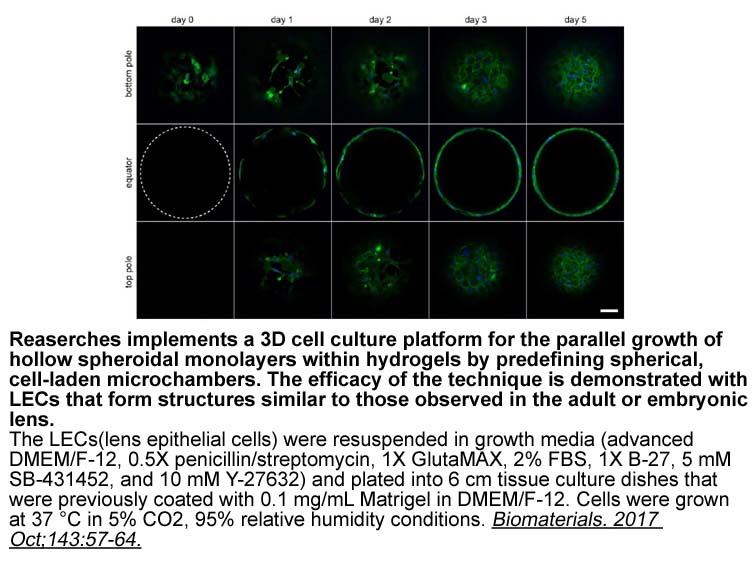
A combination of factors might, however, account for the low rate of success of drug development for neuropsychiatric disorders. First, in most neuropsychiatric disorders, the symptomatology is heterogeneous and the neurobiology remains poorly understood, making therapeutic targets difficult to iden
-
Casein accounts for of the
2023-01-26
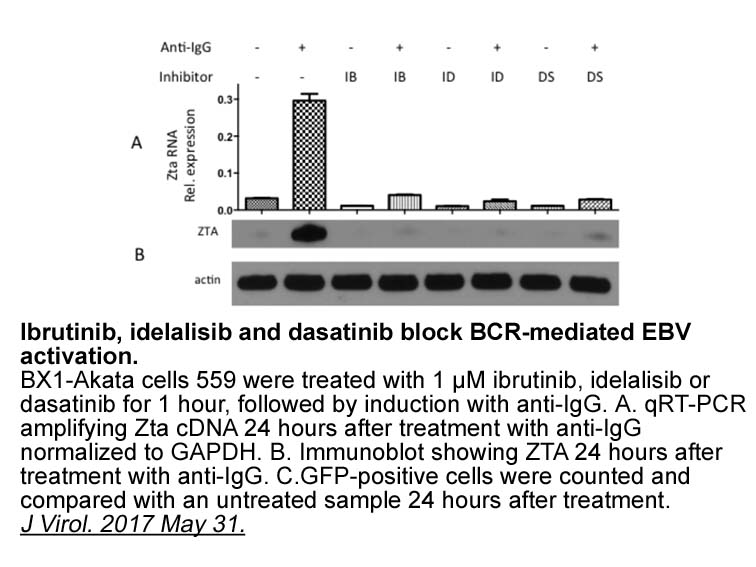
Casein accounts for 80% of the total protein in bovine milk (Capriotti, Cavaliere, Piovesana, Samperi, & Laganà, 2016); hydrolysates or bioactive peptides derived from casein have been employed widely in food as a functional ingredient (Capriotti et al., 2016, Field et al., 2008). Many studies have
-
Later the same group designed
2023-01-26

Later, the same group designed and prepared several Δ16-steroidal C17 benzoazoles and pyrazines and evaluated their CYP17 and 5α-reductase inhibitory activities, binding to and transactivation of the AR, as well as their antiproliferative effects against two human PC cell lines (LNCaP and LAPC4) [18
-
Introduction Apoptosis signal regulating kinase ASK a
2023-01-26
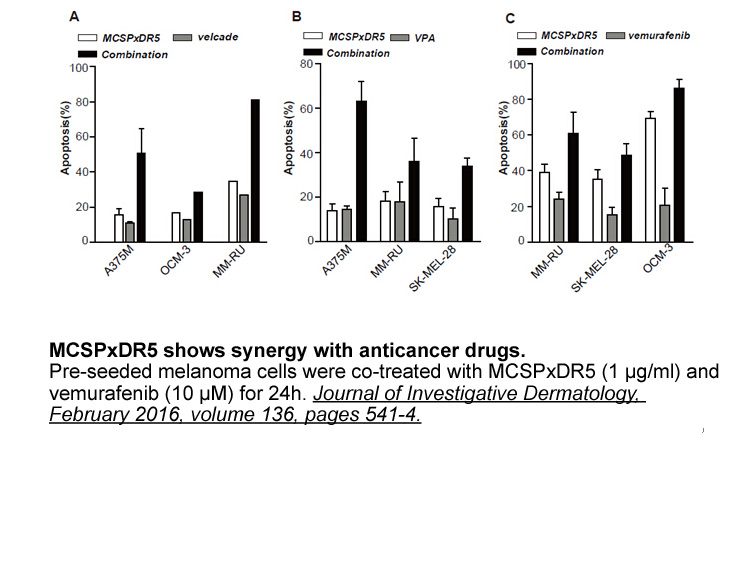
Introduction Apoptosis signal-regulating kinase 1 (ASK1), a family member of the mitogen-activated protein (MAP) kinase kinase kinase (MAP3K) family, selectively activates the JNK and p38 MAP kinase pathways in response to various types of stresses, including oxidative stress, and subsequently indu
-
HMGN proteins are subject to extensive post translational mo
2023-01-24

HMGN proteins are subject to extensive post-translational modifications which influence both their mode of binding to N1-Methyl-ATP and their functional activity. Like the other HMG protein families, HMGNs are substrates for many of the same enzymes that modify histone proteins (review in [175]). Th
11104 records 40/741 page Previous Next First page 上5页 3637383940 下5页 Last page